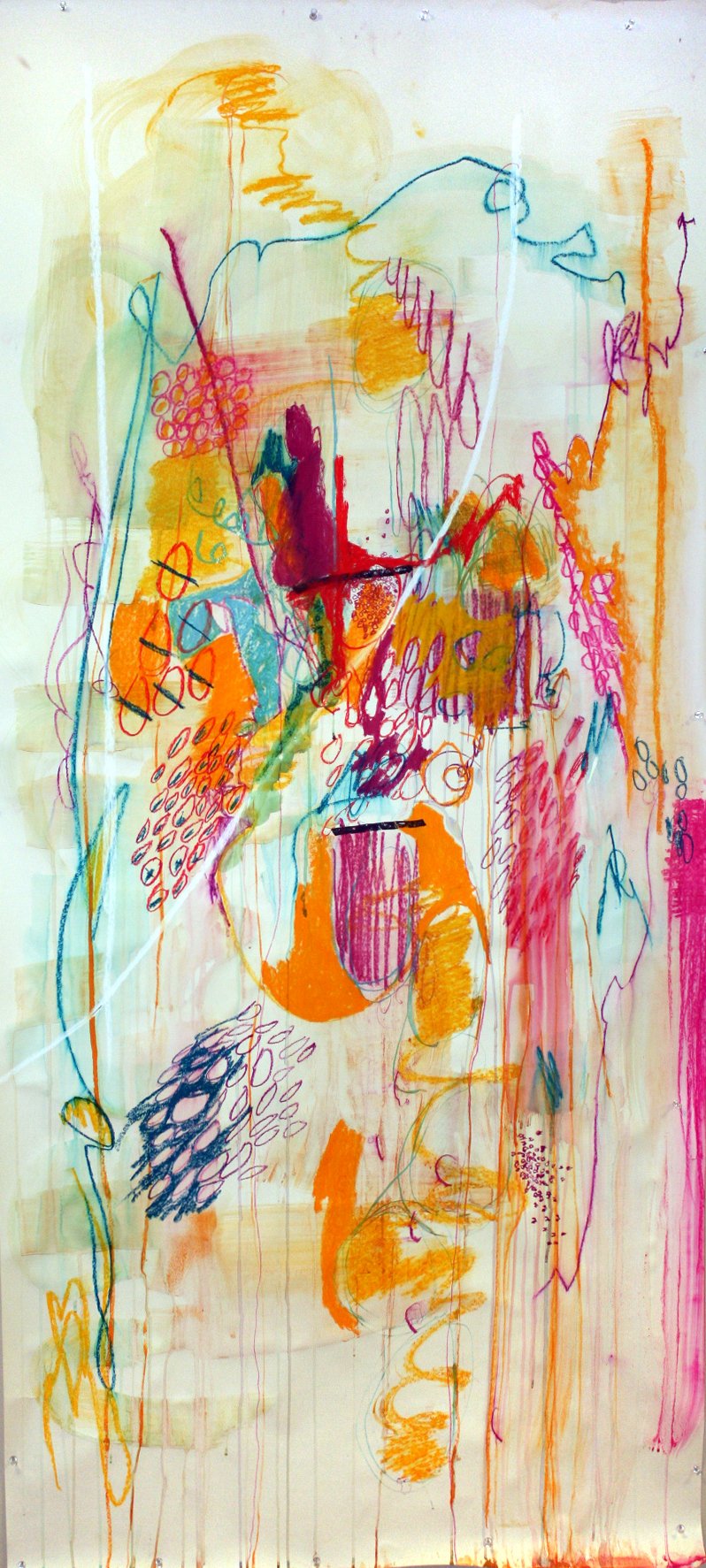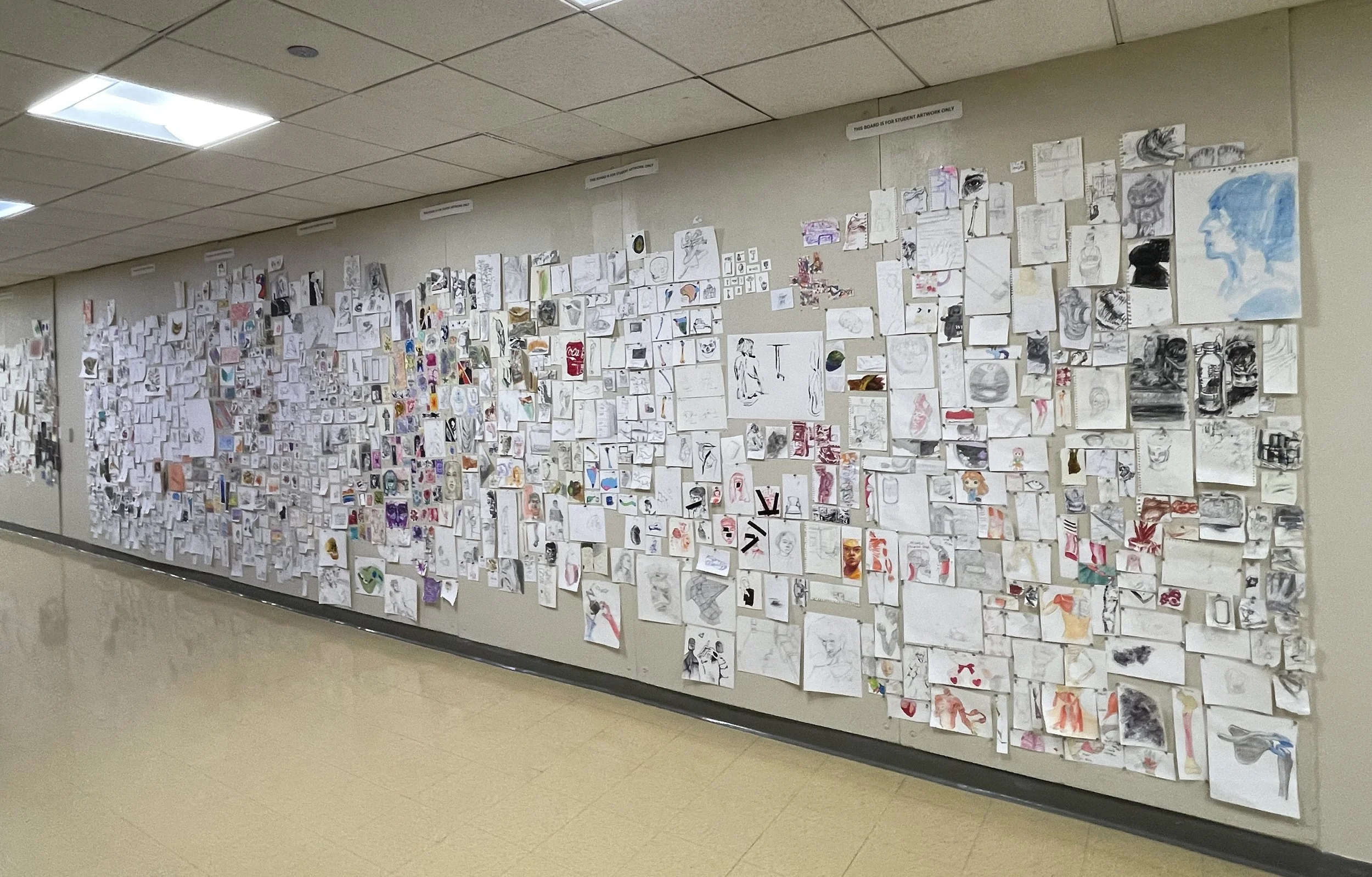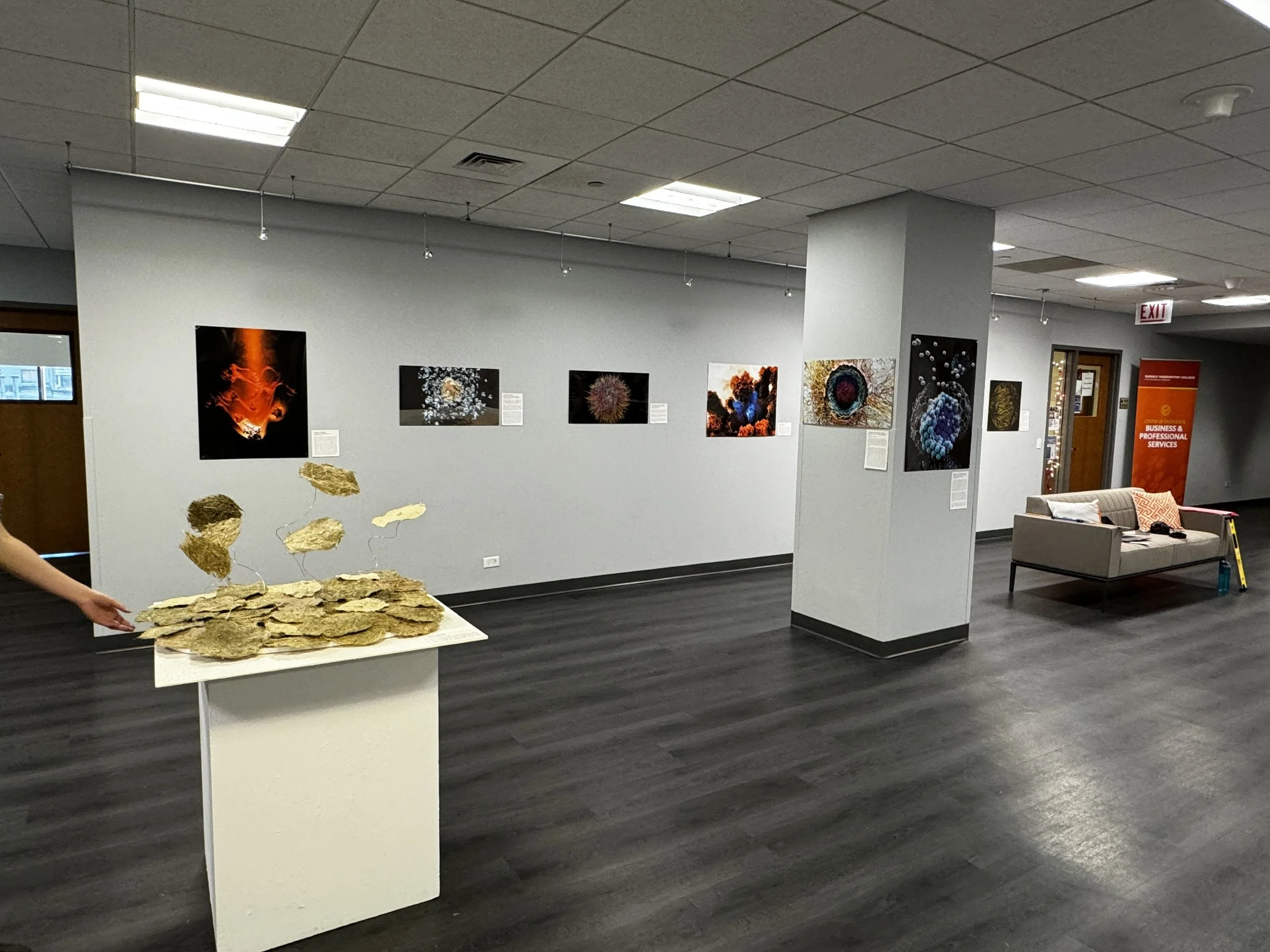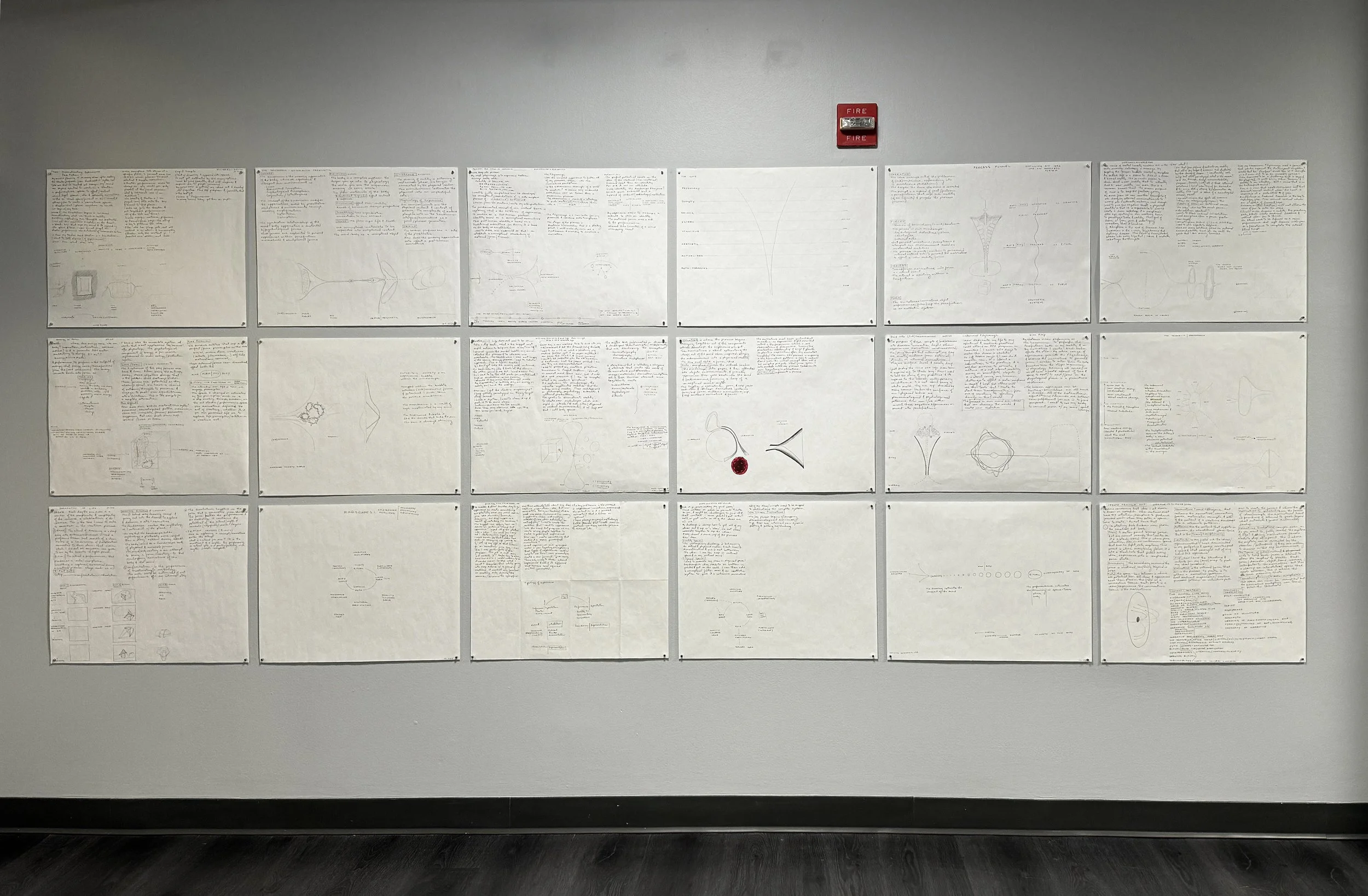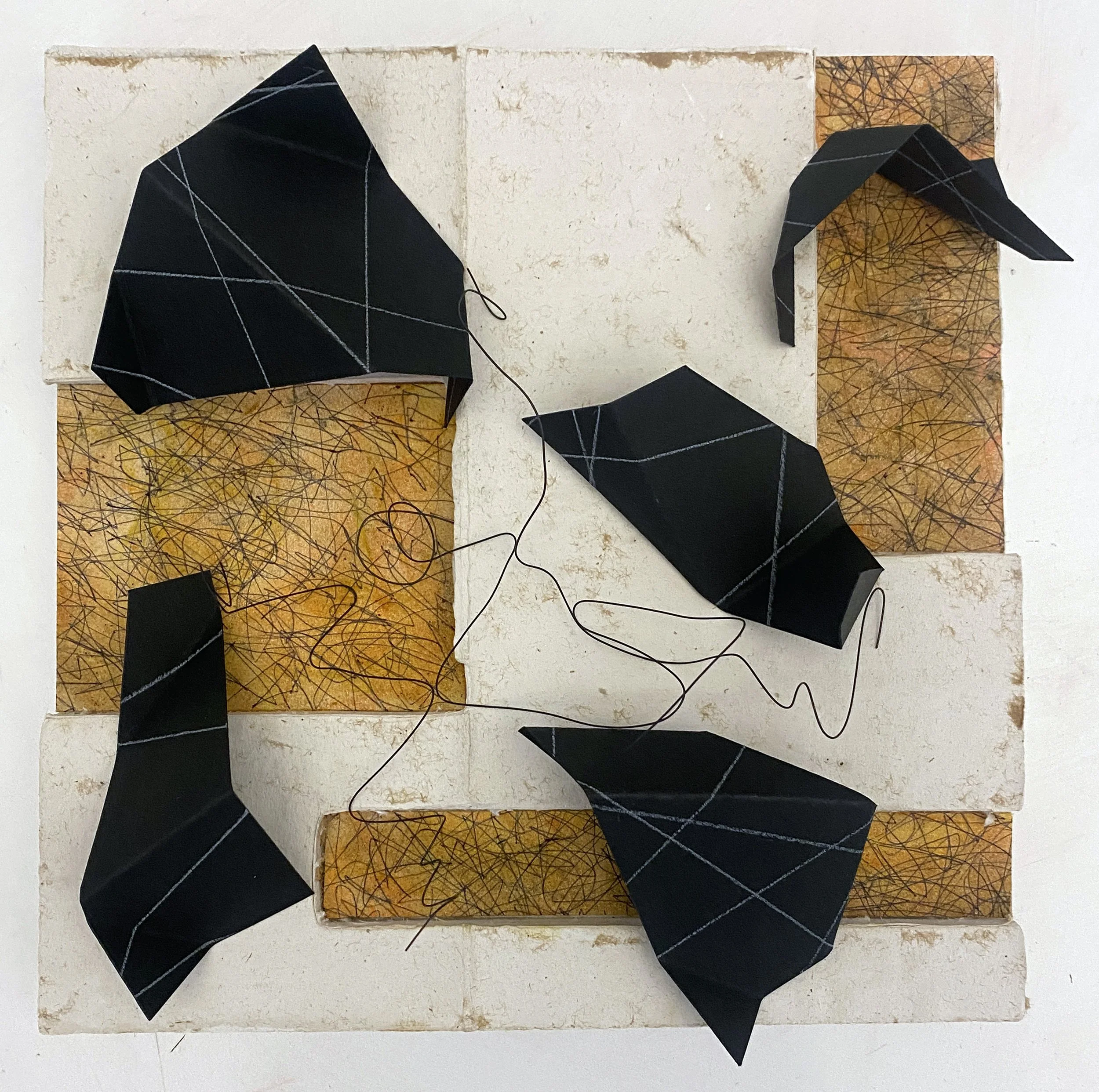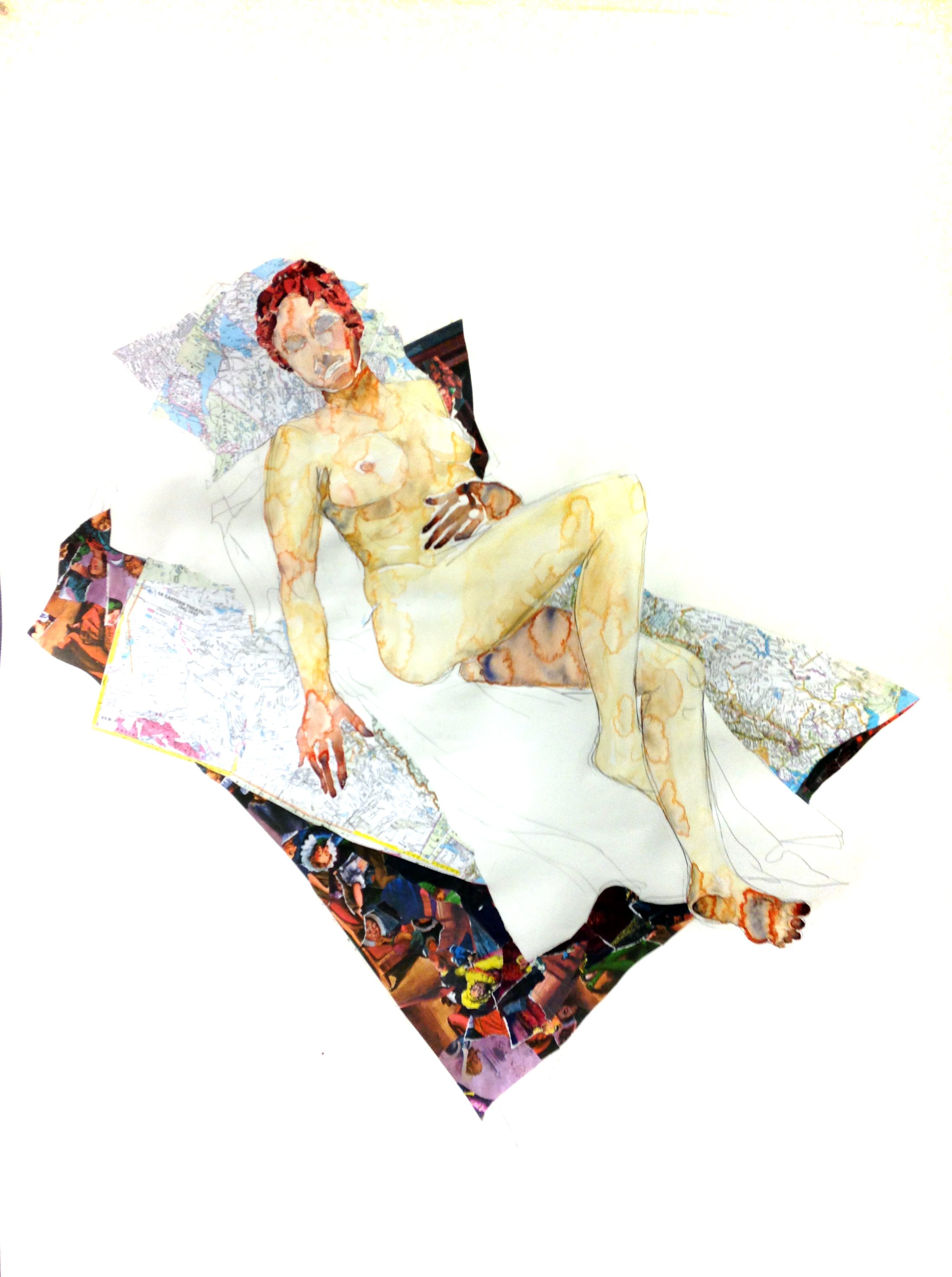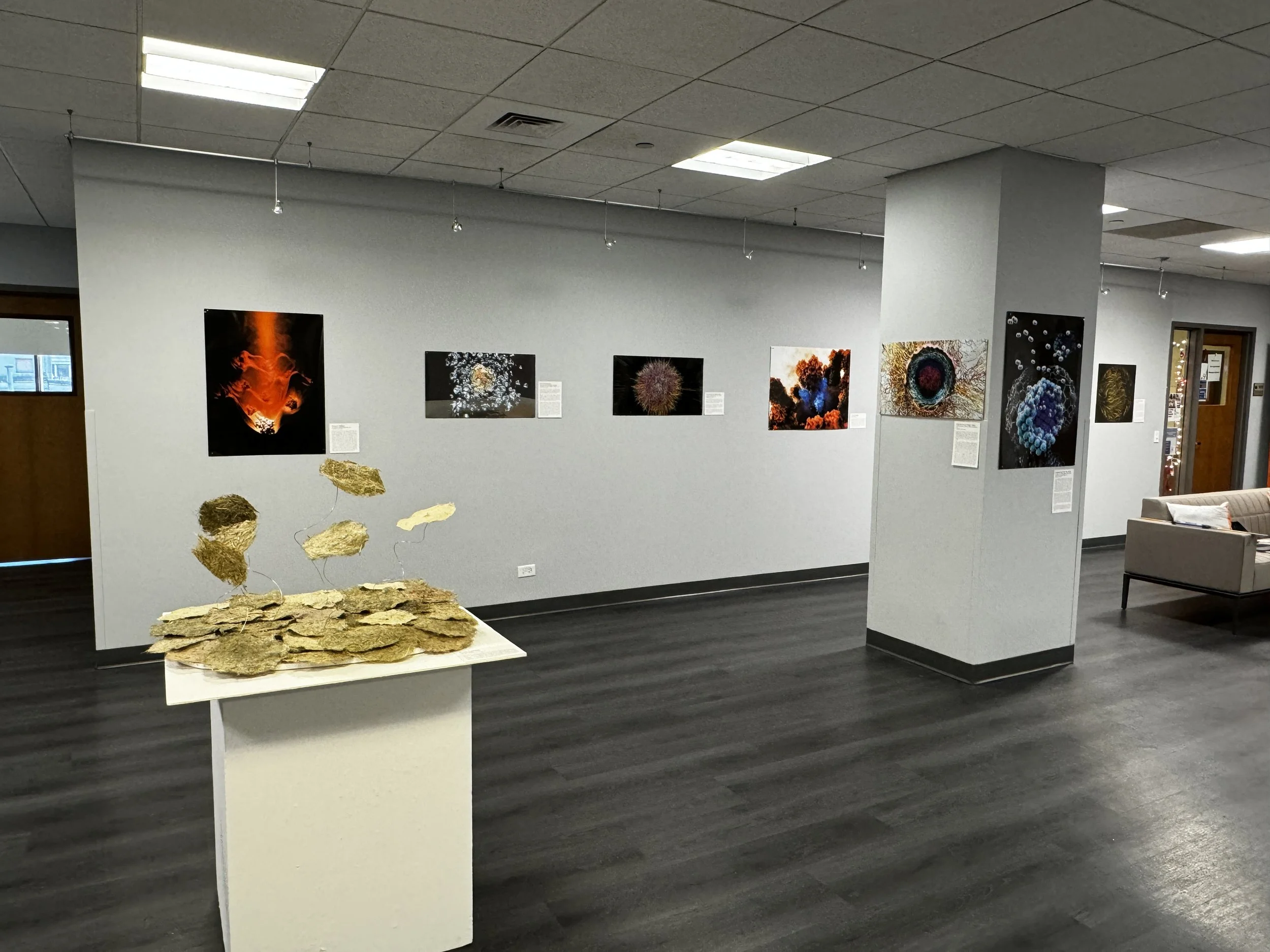Contact Us for availability and scheduling
Art Lessons are available in a historic Fine Arts Building.
Private Lessons
Lesson’s focus depends on the student’s interest and knowledge level. Lessons are individually structured for each student and may or may not include the following:
Drawing
Oil Painting and color theory
Watercolor
Mixed Media
Portfolio preparation for ChiArt, BFA, and MFA
Illustration: Biological, Medical, and /or Kids
Contemporary Information Art Theory
Each private lesson is based on the traditional Fine Arts techniques with philosophical and conceptual approaches. The goal is not only to master the techniques but to learn how to think with visual language. I have 20 years of teaching experience working with all ages, and every student I worked with on the portfolio preparation was accepted to BFA or MFA programs at SAIC, RISD, Columbia, UIC, UC, CalArts, SVA, etc.
I also offer “Bring your own Coffee to drink or draw with” on Saturday mornings, a watercolor class for up to 4 students.
Materials are included in the first class (if needed) after which it is a student's responsibility. Students will be provided with the supply list.
Portfolio review is required for any new private lesson beginners. This will help me understand student’s knowledge, sensibility, and interests, so I can create specifically targeted individualized lessons.
Statement of Teaching
Jelena Berenc
In his book Reality Is Not What It Seems, Carlo Rovelli, theoretical physicist and founder of loop quantum gravity theory, wrote about scientific thinking. I replaced the word Science with the word Art.
“We are all in the depth of a cave, chained by our ignorance, by our prejudice, and our weak senses reveal to us only shadows. If we try to see further, we are confused; we are unaccustomed. But we try. This is Art. Artistic thinking explores and redraws the world, gradually offering us better and better images of it, teaching us to think in ever more effective ways. Art is a continual exploration of ways of thinking. Its strength is its visionary capacity to demolish preconceived ideas, to reveal new regions of reality, and to construct new and more effective images of the world. This adventure rests upon the entirety of past knowledge, but at its heart is change. ” This is the most beautiful, powerful, and accurate explanation of Art. Rovelli’s explanation of science fully captures my perception of what Art and Artists are. This passage is introduced to all my students because I strongly believe that artists are thinkers not tinkers.
The great minds of Miletus, in the sixth century BCE, thought that through discussion, it is possible to understand the world. Art piece starts a discussion, questions the world, so we can collectively understand the world more fully. It is the educator's responsibility to inspire and provoke student’s thinking through discussion, through questioning, and to share a diverse knowledge. Educators must possess extensive knowledge of traditional art globally, techniques and materials, contemporary processes, be observant and think like philosophers, and have diverse interest and knowledge of numerous diverse subjects. My teaching is based on the individualized philosophical perceptions, introspective, extroverted research, dialog, process structure, and asking questions.
On a basic technical level of our art studies we must ask questions. We cannot draw a figure without questioning what is inside, i.e. medical anatomy, chemical elements, cognition, etc. We cannot use colors without asking what color is? What is light? What is electromagnetic radiation? Photons? But, even those questions are limited and expected. Knowledge of traditional art is necessary not only for understanding art history but more importantly because traditional Art is a 40,000-year record of experiments in visual neuroscience that reveals as much about the human brain as it reveals about the world around, as Patrick Cavanagh states, a co-founded the Vision Sciences Lab at Harvard, and leader in research in visual neuroscience and perception. I focus on teaching materials, techniques, fundamental formal qualities, and art history in foundation classes. However, traditional knowledge is needed as much as the alphabet is needed for writing. Just because one knows the alphabet it does not make them a writer. What we have to say is what makes us Artists.
When teaching traditional foundation classes, my color lecturers go in depth of what color is, in its physical essence. Students get familiar with the nature of light, photons, electromagnetic spectrum, Max Planck, quantum, optics, as well as somatically what happens within the eye itself and the brain (neurology). With the help of hands-on Light Color Mixer that is typically used in Optics or Physics classes, additive and subtractive color mixing is practically experienced. Some of the book resources I use in class are: Vlatko Vedral, Decoding Reality; Max Tegmark, Our Mathematical Universe; Werner Loewenstein, Physics in Mind: A Quantum View of the Brain; Ludwig Wittgenstein, Remarks on Colour; Johann Wolfgang von Goethe, Theory of Colours; Johannes Itten, The Elements of Color; Wassily Kandinsky, Concerning the Spiritual in Art and Point and Line to Plane; Josef Albers, Interaction of Color; Joseph Kosuth, Art After Philosophy and After: Collected Writing; Sir Isaac Newton, Opticks: Or a Treatise of the Reflections, Refractions, Inflections & Colours of Light.
In Figure drawing classes anatomy of bones and muscles are taught on a medical level, with the help of the Visible Body application. Visible Body is the application created for the healthcare professionals, professors, and students in medical schools. With its 3D interactive models and AR technology, the app drastically advances the way students learn.
The essential component of professional success is extremely hard work, physically/technically in the studio and through gathering diverse global information. In all my classes I require 10 to 100 drawings/ideas per class done outside the class. In addition to it I choose few random books per semester for students to read, i.e. Boris Vian, Borges, Rūmī, Lao Tzu, Rilke, Cavafi, Alfred Jarry, Kosuth, Vlatko Vedral, Max Tegmark, Ama Ata Aidoo, Marquez, Calvino, Bernardo Kastrup, etc.
Artists must have an idea that will lead them on the path to an art piece. Ideas should be specific yet universal. The most powerful equations are simple and concise. The same is true for the most powerful ideas in art. Strong ideas challenge and alter our perception, we learn from, become aware of, or contemplate about as something not previously aware of. Work of art, regardless of how traditional or conceptual it may be, should start a conversation. The ideas do not come from nowhere. Searching and finding strong ideas must be taught just the same as how to hold the pencil correctly. Research, inquiring, perceiving, and seeking diverse knowledge is crucial for having a strong idea.
There has been no discovery, no revolution of any kind without curious questioning of the world, of the facts. Contemporary artists are curious scientists, journalists, philosophers, politicians, activists, writers, and much more. Artists must have something to say, and in order to do so they must question the world. How to be inquisitive? How to ask relevant questions? Do artists need to answer them? Should the answer be left for the viewer to answer? Does experiencing and/or re-experiencing a concept makes us understand that concept better or even entirely?
Once an idea has been conceptualized, like a hypothesis, the artist must set up the process just as a scientist sets up an experiment. Every aspect of the process must tightly match the hypothesis; format, material, installation, time, etc. Idea, technique, and process are crucial components of an art piece. In order for a process to effectively correspond to an idea, the medium must be carefully chosen and it may range from physical traditional materials to language, mathematical functions, sounds, and practically anything. This is why cross-curriculum and multidisciplinary approach to Art education is the most effective. We have to expose students to diverse knowledge and current issues so they can use it to create an art language and concepts. Artist is a visual philosopher.
The above ideas are just some of the topics that I discuss with my classes.
It is important to me that each student creates unique art pieces in class and not just good school drawing or painting. My job is to provoke interest and curiosity, to suggest within one’s sensibility possible ways to improve the piece. Students that feel free in thinking make the strongest work.
I emphasize the importance of the dialog and personal involvement in my classroom, one-on-one advising. Specifically, I believe that both dialogues between students and between students and myself as a teacher creates a rich learning environment. Students must feel comfortable and safe within the classroom especially among diverse groups. Inclusion is a priority. Many of my students have used their own experiences and struggles, turning them into very powerful art pieces that made the rest of the students aware and understand the particular subject. Race, gender issues, violence, abuse, psychological disorders, cultural identity, etc. are just some of the topics students have used to work on.
I strive to understand the inner workings of each of my students so that I can pose the right question. We must use students’ specific knowledge and experiences when creating new suggestions and critique. I strive to be familiar with diverse knowledge in order to expand learning possibilities through cross-curricular and multidisciplinary opportunities. I strive to possess up to date knowledge, on as many different subjects as possible, current developments in Art, as well as current global issues, as to involve students through real life experiences. We have a responsibility to continuously seek new diverse knowledge. We have to possess extensive knowledge on a subject in order to direct and show students possible ways for executing the piece. At the same time we should invoke curiosity and desire within each student for asking relevant questions and “what if”. Finally, I believe that part of my job as an educator should be to make students perceptive of their previously unknown Self-abilities and their ability to create what was previously viewed as impossible (due to the imposed limits by, usually by society and culture, of what one can and is permit to do, as well as encourage their unique way of thinking. The ability to invoke the impossible in each student is my metric of success.
Contemporary art practice is possible only through extensive education of diverse knowledge and freethinking reasoning, meaning the Multidisciplinary curriculum. We must ask questions that we do not have answers to and not teach only the questions we know the answers to.
Erwin Schrodinger writes in What is Life? that we have inherited, throughout centuries, the unified, universal, all-embracing knowledge, which is the only one with full credit, however, the depth of knowledge has forced us to branch into specialized limited and narrow focus. Perhaps it is time to go back and attempt to unify some of the knowledge that will give us a more comprehensive view of Reality.
Art encompasses ideas of all-embracing knowledge.
Students’ Portfolio
Idea Based Process Art, Figure, Illustration, Portraits, Still life, Color, Kids Art
Jelena Berenc Studio
Fine Arts Building, 410 S Michigan Ave.
Chicago IL 60605




























































